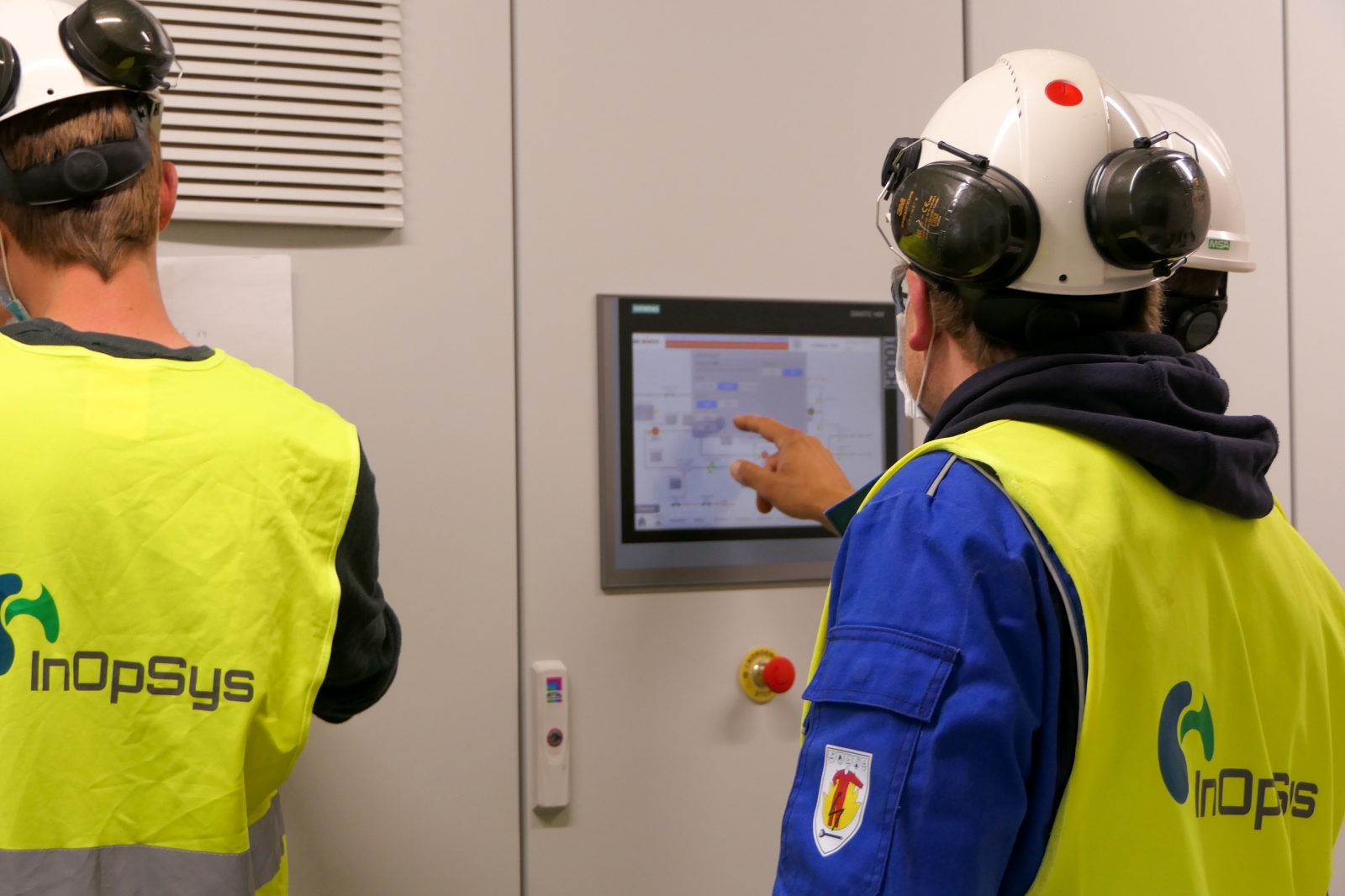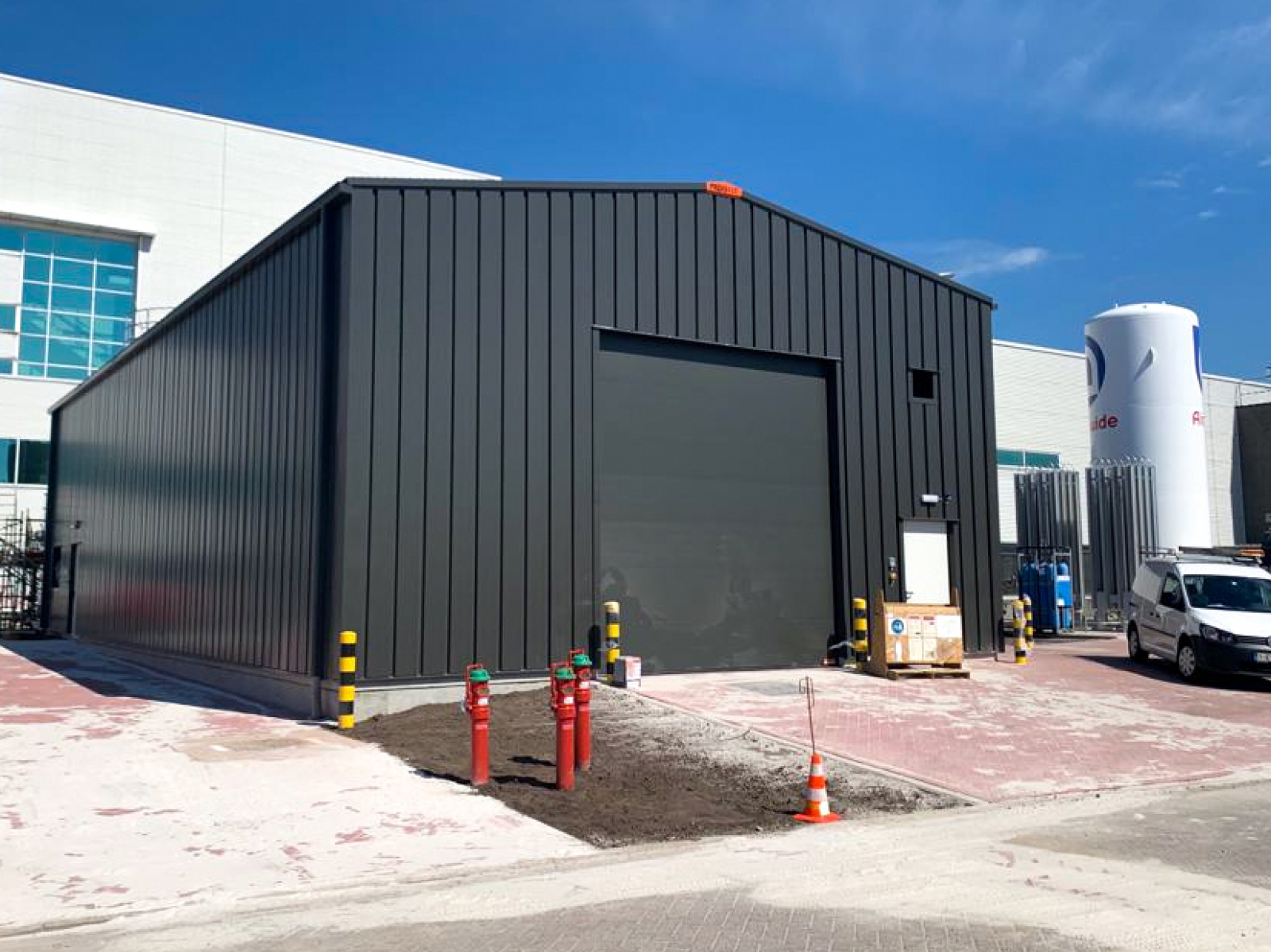
main features
We are working on multiple solutions to reduce the emerging challenge of pharmaceuticals in the environment. A new installation is now ready to remove 23 API’s out of the process streams of a multinational pharmaceutical company. The site investigated is located in Europe and is one of the major pharma formulation sites for different medicines.
In this customer case, the Inopsys solution consists of a technology train that comprises a physico-chemical pretreatment, ozonolysis , and specific adsorption. This configuration resulted in the highest selectivity and lowest energy demand to treat the API containing sidestream, compared to a mono technology like membranes or electro-oxidation.
The developed solution is general applicability for all API containing streams, efficient due to the synergy between different technologies, significant increase in efficiency versus standard AOP (including electro oxidation), and provided evidence that these combined technologies
are energy efficient, allow for compact treatment, avoid the formation of bromates and remove AOX (inherently formed by all oxidation methods) and remove multiple API’s selectively (99,99999%).
Global health is one of the most important aspects of society. We heal from terrible diseases and we live longer and healthier. But an unintended but inevitable result of these life-changing medicines is that they find their way to the environment. Pollution caused by pharmaceuticals is PIE (Pharmaceuticals in the Environment) and is an emerging problem for nature and human health.
Pharmaceuticals know three main pathways by which they can reach the environment: manufactory, usage and, disposal. Despite the pharmaceutical industry ensures the delivery of all the medicines we need, only trace levels can be attributed to waste from production.
Problems with pharmaceuticals finding their way to the environment are, for example, the spread of pathogenic organisms resistant to anti-microbials. Resistance genes can develop in the environment if antibiotic residues are present; which results in antimicrobial resistance. Another threat is pharmaceuticals with an endocrine function, these endocrine-disrupting pharmaceuticals affect the hormone systems of wildlife in their beloved nature.
> Download the full infographic about how pharmaceuticals reach the environment.


PIE Solution received the “Solar Impulse Efficient Solution” Label
an award for clean and profitable solutions